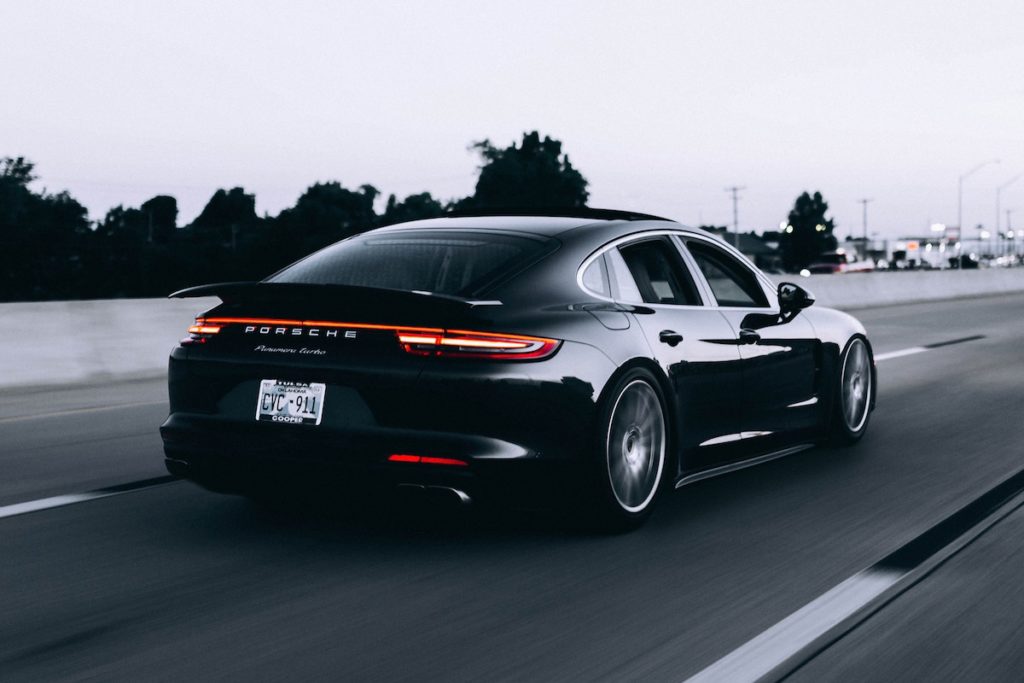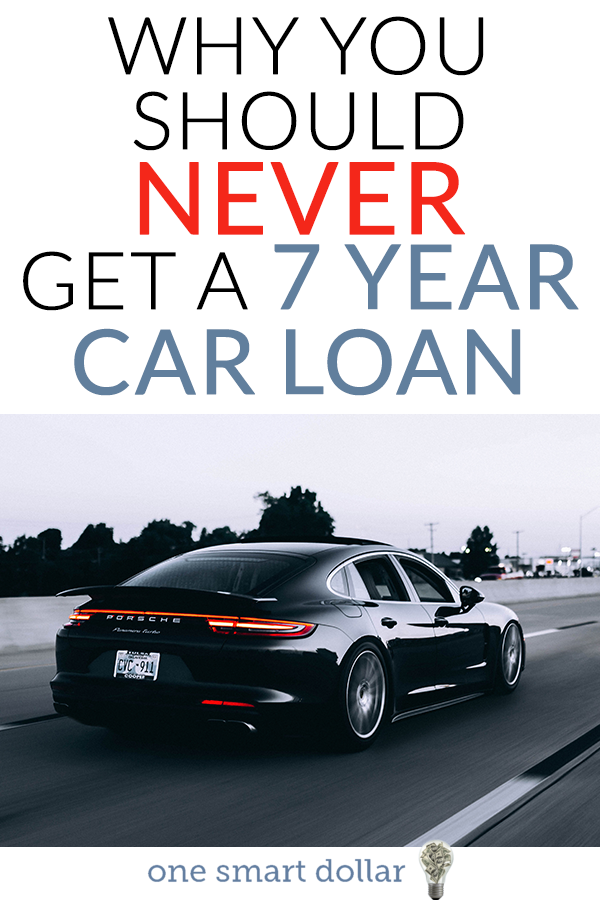
Not too long ago, when shopping for an auto loan, you had the choice between a three, four, or five year loan. These terms would lock you into a loan, and make sure you were able to pay back the car quickly enough so that you did not owe more money than the vehicle was actually worth. However, it seems that people were more interested in keeping their monthly payments low than paying off the vehicle quickly. What this ends up doing, however, is locking people into auto loans for far longer than it is beneficial to them. Here’s a look at the math.
Car Depreciation Rates
On average a brand new vehicle will lose about 10% of its value as soon as it is driven off the lot. That’s just the nature of game. Since the vehicle is no longer considered new, it cannot be sold for new prices. Over the next few years, the car loses 15%-25% of its value every year that it is driven (there is some variance due to condition, number of miles driven, and brand of vehicle). This means that if you bought a car for $30,000 its value over the next five years looks like this:
- One Minute of ownership the car is worth: $27,000
- One Year of ownership the car is worth: $22,950
- Two years of ownership the car is worth: $19,507
- Three years of ownership the car is worth: $16,580
- Four years of ownership the car is worth: $14,093
- Five years of ownership the car is worth: $11,979
Five years after purchasing your brand new vehicle, your asset is worth just about 33% of its original value. Keep in mind this is using a depreciation rate of 10% as soon as you leave the lot, and 15% each year. Some vehicles depreciate faster.
Vehicle Loan Amortization
If you have a five year loan, you will know that your vehicle will be paid off while it is still worth about 1/3 of its original value. However, if you have a longer term loan not only will you still owe money, but you will also have a higher interest rate. Assuming the going rate for an 84 month (seven year) auto loan is 3.5% here is the breakdown on loan to value.
- One Minute of ownership the car is worth $27,000 and you owe $30,000. Difference: -$3,000
- One Year of ownership the car is worth $22,950 and you owe $26,150. Difference: -$3,200
- Two years of ownership the car is worth $19,507 and you owe $21,825. Difference: -$2,318
- Three years of ownership the car is worth $16,580 and you owe $18,035. Difference: -$1,455
- Four years of ownership the car is worth $14,093 and you owe $13,759. Difference: $334
- Five years of ownership the car is worth $11,979 and you owe $9,332. Difference: $2,647
After five years, your vehicle that cost you $30,000 only has $2,647 worth of equity in it. For the first three years you actually owe more on the car than it is even worth; if you have a higher interest rate, that discrepancy will be even greater. This means if you want a new car, or you wreck this car, you will be stuck paying off a vehicle that you don’t even own any longer.
Wrapping it Up
This brings up the question of why anyone would pay for a brand new car. Finding one that is just a few weeks old will save you 10% off the sticker price. Find one a few years old, as long as it has been taken care of, will save you half off the sticker price. If you do decide to finance your vehicle, make sure to get a loan that is five years or less (or save up beforehand and put down a healthy downpayment) so that you do not end up owing more than the car is actually worth.

